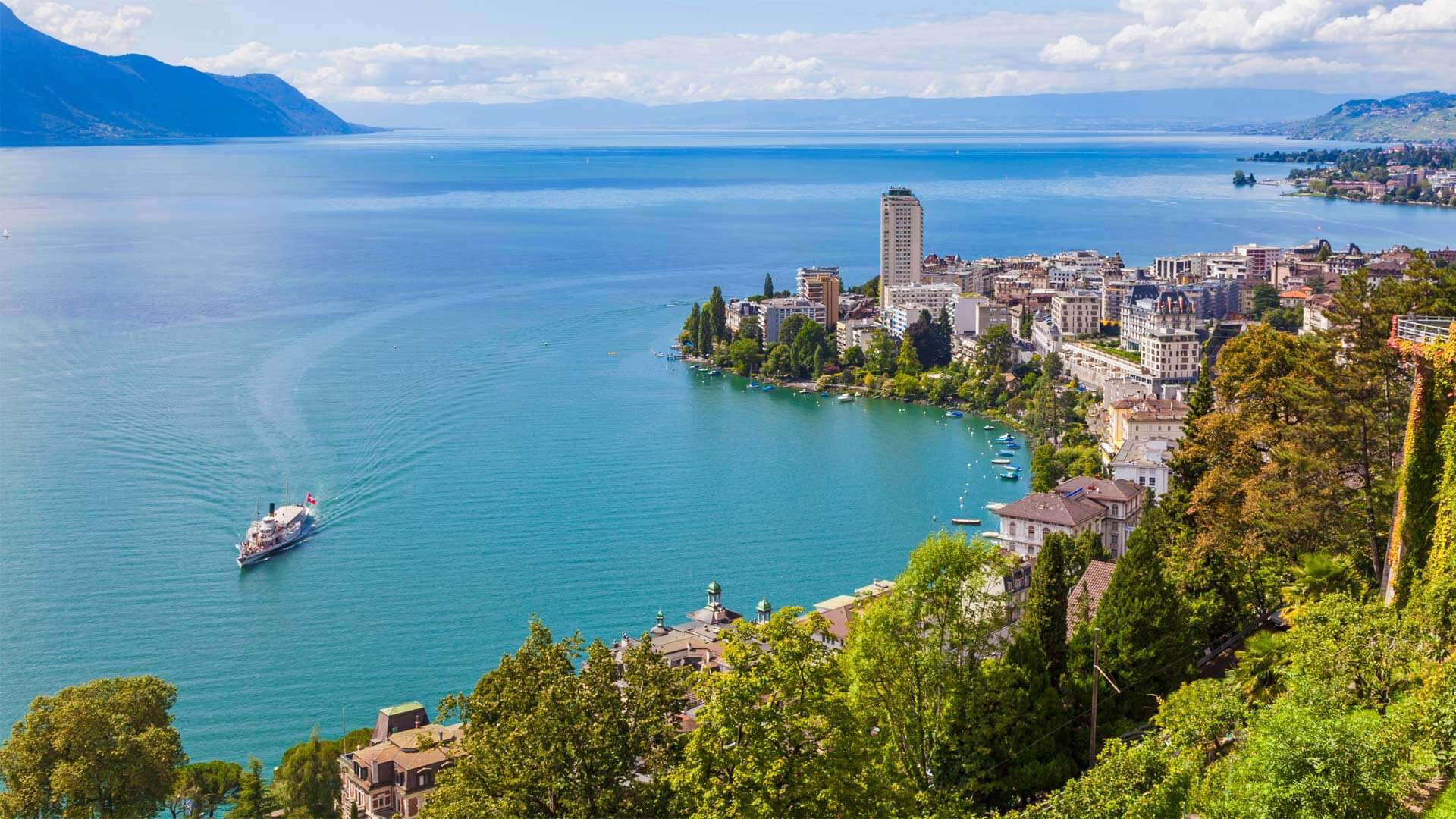Extreme Earth “Arctic”
Here is a guide to help you plan your Arctic adventure:
- When to go:
The Arctic region experiences extreme temperatures, and the weather can be unpredictable. The best time to go is from late June to early September, as this is when the region experiences the Midnight Sun and the days are longer. - How to get there:
You can reach the Arctic by air, sea or land. The most common way is to fly to the major cities like Reykjavik, Oslo, Helsinki, or Anchorage, and then take a connecting flight to the smaller towns or villages in the Arctic. - Things to do:
- Go on a wildlife tour: The Arctic is home to many unique species of wildlife, including polar bears, walruses, seals, and whales. Take a boat tour or a guided excursion to spot these animals in their natural habitat.
- Visit the Northern Lights: During the winter months, the Aurora Borealis can be seen in the Arctic skies. Plan a trip to witness this natural phenomenon.
- Explore the glaciers: The Arctic is home to some of the world’s most spectacular glaciers. Take a guided tour to explore these natural wonders.
- Meet the locals: The Arctic is home to many indigenous communities, each with its unique culture and traditions. Visit local villages and interact with the locals to learn about their way of life.
- Go on a dog sledding adventure: Dog sledding is a popular activity in the Arctic. Take a guided tour to experience this thrilling adventure.
- What to pack:
The Arctic can be cold and unpredictable, so it’s essential to pack the right gear. Here are some essentials:
- Warm, waterproof clothing, including a jacket, pants, hat, gloves, and boots.
- Thermal underwear and socks
- Sunglasses and sunscreen
- Camera and extra batteries
- Binoculars
- Safety tips:
- Always follow the advice of your tour guide or locals.
- Be prepared for changing weather conditions.
- Carry a GPS device or a map for navigation.
- Respect wildlife and their habitats.
- Keep a safe distance from glaciers and icebergs.
- Carry emergency supplies, including food, water, and first aid kit.
With these tips, you can plan a memorable Arctic adventure. Remember to check the local regulations and requirements before planning your
Ray:
Here is a guide to help you plan your Arctic adventure:
- When to go:
The Arctic region experiences extreme temperatures, and the weather can be unpredictable. The best time to go is from late June to early September, as this is when the region experiences the Midnight Sun and the days are longer. - How to get there:
You can reach the Arctic by air, sea or land. The most common way is to fly to the major cities like Reykjavik, Oslo, Helsinki, or Anchorage, and then take a connecting flight to the smaller towns or villages in the Arctic. - Things to do:
- Go on a wildlife tour: The Arctic is home to many unique species of wildlife, including polar bears, walruses, seals, and whales. Take a boat tour or a guided excursion to spot these animals in their natural habitat.
- Visit the Northern Lights: During the winter months, the Aurora Borealis can be seen in the Arctic skies. Plan a trip to witness this natural phenomenon.
- Explore the glaciers: The Arctic is home to some of the world’s most spectacular glaciers. Take a guided tour to explore these natural wonders.
- Meet the locals: The Arctic is home to many indigenous communities, each with its unique culture and traditions. Visit local villages and interact with the locals to learn about their way of life.
- Go on a dog sledding adventure: Dog sledding is a popular activity in the Arctic. Take a guided tour to experience this thrilling adventure.
- What to pack:
The Arctic can be cold and unpredictable, so it’s essential to pack the right gear. Here are some essentials:
- Warm, waterproof clothing, including a jacket, pants, hat, gloves, and boots.
- Thermal underwear and socks
- Sunglasses and sunscreen
- Camera and extra batteries
- Binoculars
- Safety tips:
- Always follow the advice of your tour guide or locals.
- Be prepared for changing weather conditions.
- Carry a GPS device or a map for navigation.
- Respect wildlife and their habitats.
- Keep a safe distance from glaciers and icebergs.
- Carry emergency supplies, including food, water, and first aid kit.
With these tips, you can plan a memorable Arctic adventure. Remember to check the local regulations and requirements before planning your trip.


